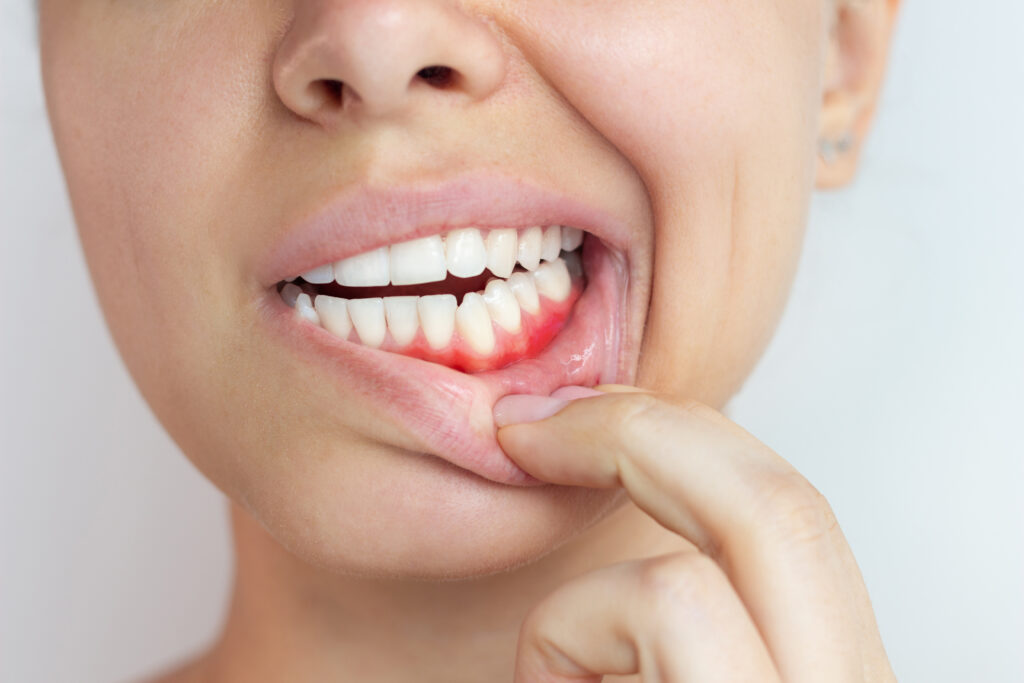Introduction
Gum diseases are common problems that affect the tissues around your teeth. These diseases can lead to pain, swelling, and even tooth loss if not treated. Because healthy gums are important for your overall health, it is vital to know the signs of gum disease. Early care can help prevent serious issues. According to the CDC, gum diseases are a leading cause of tooth loss in adults. In this blog, you will learn about gum diseases, their symptoms, causes, diagnosis, treatment, and how to prevent them.
Symptoms of Gum Diseases
It is important to spot the signs of gum disease early. This way, you can get help before the problem gets worse. Common symptoms include:
Sometimes, gum diseases may not cause pain at first. However, you should still watch for these warning signs. If you notice any of them, it is best to visit your dentist soon.
Causes and Risk Factors
Gum diseases usually start with plaque, a sticky film of bacteria on your teeth. If you do not remove plaque by brushing and flossing, it can harden into tartar. This can irritate your gums and cause disease. Several factors can raise your risk, such as:
Because these factors can increase your risk, it is important to take steps to protect your gums.
Diagnosis Methods
Early diagnosis of gum diseases can help prevent serious problems. Dentists use several methods to check for gum disease. For example, they may:
During your dental visit, your dentist will also ask about your symptoms and health history. This helps them choose the best gum disease treatment for you.
Treatment Options
There are many ways to treat gum diseases. The right treatment depends on how severe the disease is. Common gum disease treatments include:
After treatment, your dentist will give you tips to keep your gums healthy. Regular check-ups are also important to prevent gum disease from coming back.
Prevention Tips and Lifestyle Guidance
Preventing gum disease is easier than treating it. You can protect your gums by following these simple steps:
Because healthy habits make a big difference, start these steps today. Even small changes can help in preventing gum disease.
When to See a Dentist
It is important to see a dentist if you notice any signs of gum disease. For example, bleeding gums, bad breath, or loose teeth should not be ignored. Early treatment can stop the disease from getting worse. Even if you have no symptoms, regular dental visits are key to keeping your gums healthy.
Conclusion
Gum diseases can harm your smile and your health. However, you can prevent most problems with good care and regular dental visits. If you notice any symptoms or have concerns, do not wait. Consult a dental specialist for personalized guidance.

